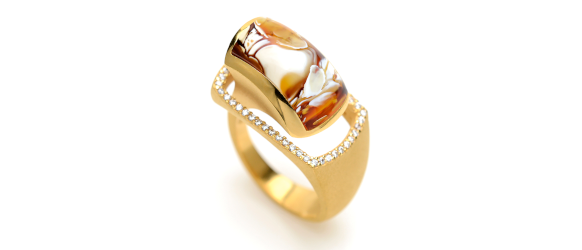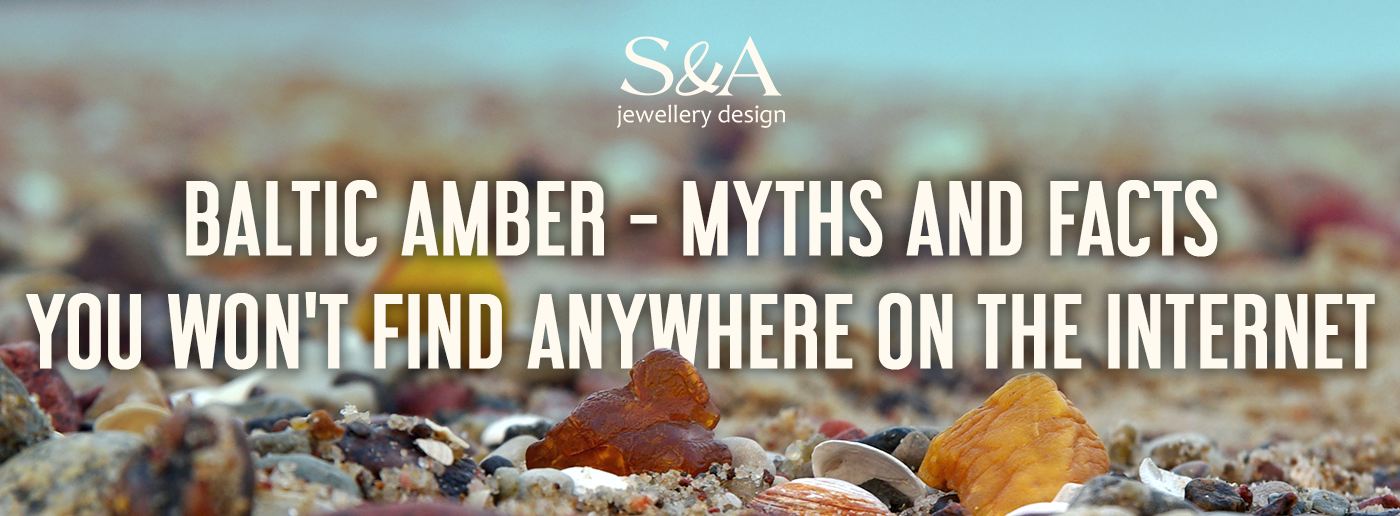
Baltic amber – myths and facts you won’t find anywhere on the internet
Myth #1 – Amber is from the Baltic Sea area
This is actually a myth! In the Eocene period (from 0.2 million to 50 million years ago) when amber was formed, our continent looked very different. There was no Baltic Sea, which is only 12,000 years old. In the Eocene, far to the north in the territory of modern-day Scandinavia, there were large forests with huge trees that were shedding resin for unknown reasons. That’s where amber comes from. Over time, a number of rivers transported the resin farther south, to the area where Poland is located today.
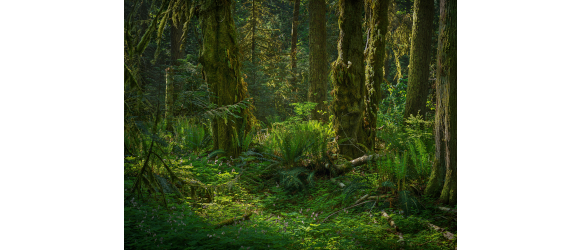
Myth #2 – Amber (only) comes from the resin of coniferous trees
This also appears to be a myth. The trees were different then, both coniferous and deciduous. Some of these kinds of trees can be found on other continents nowadays.
The photo on the right shows an amber found at S&A with an imprinted leaf from a tree that can only be found in Canada today.
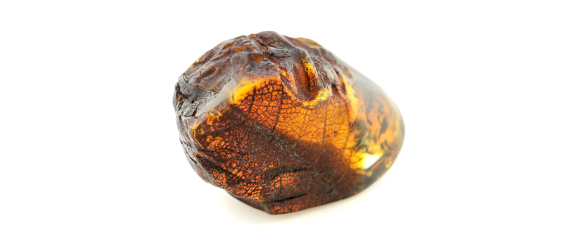
Myth #3 – The resin coming down the trees was very dense
Another myth! The resin was actually quite runny. Thanks to its very liquid texture, it did not crush the things it encountered as it ran down the trees, allowing us to admire the inclusions retained in their original shapes and form – spider webs, outspread insect wings, etc.
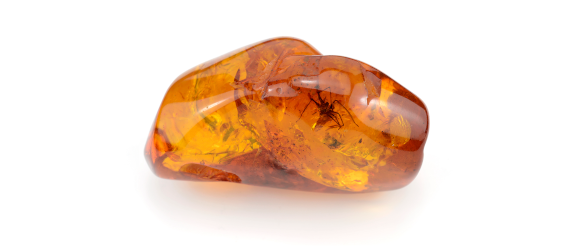
Myth #4 – Amber may contain sand grains.
Myth again. No sand has ever been found in Baltic amber. The things that look like grains of sand are actually leftover drops of water.
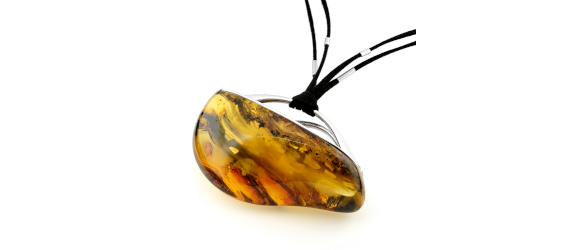
Myth #5 – Steven Spielberg’s movie “Jurassic Park” is fiction.
Myth? Yes and no! A mosquito would not be able to penetrate the skin of a dinosaur, and the blood extracted by a mosquito is only plasma containing no DNA. On the other hand, biting midges (Ceratopogonidae) do have the capability of penetrating the skin and the blood drawn does contain the DNA of the victim. However, the biting midge is smaller than a millimeter, so it wouldn’t be a very spectacular movie star!
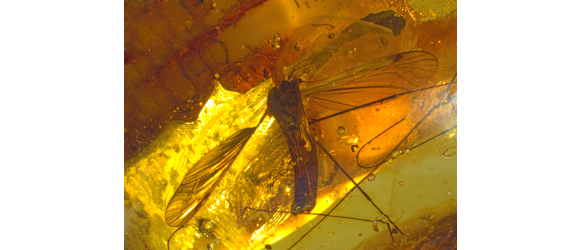
Myth #6 – The white color of amber is a result of its chalk content.
Another myth! The white or milky color of amber is the result of the high content of air bubbles. Scientists do not know the reason why they formed. What we do know is that with time the bubbles evaporate and the amber becomes transparent. This is a very slow process, but it can be sped up by exposing it to high pressure, which pushes the air out of the amber, and it becomes clear.
